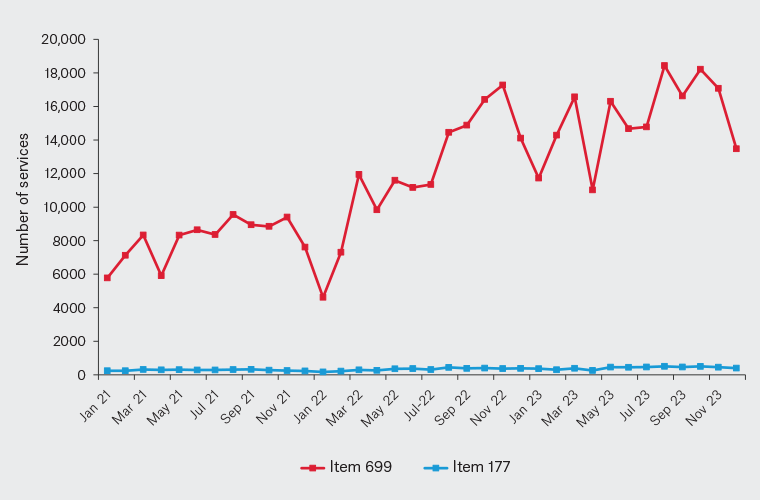Atherosclerotic cardiovascular disease (ASCVD) affects midlife and older adults. Approximately 50% of patients present with a cardiovascular event before the age of 65 years.1 ASCVD is consistently named the leading cause of mortality in Western countries (25% of coronary artery disease and 5% of stroke ASCVD cases), yet it is estimated 80–90% of events are preventable through early detection, lifestyle improvements and medical interventions.2,3
The retina has been increasingly considered as the window to non-invasively visualise microvascular health. Microvessels in the eyes are among the smallest in the body and provide evidence of early signs of disease before symptoms arise. Abnormalities in retinal vascular measures (eg retinal vessel calibre, geometry and microaneurysms) or an accelerated ageing retina were found to put individuals at a higher risk of systemic diseases, such as diabetes or chronic kidney disease,4–7 which are well-established risk factors for cardiovascular disease.8,9
As suggested by recent studies, an artificial intelligence (AI)-enabled system that uses retinal vasculometry in its calculation could predict the risk of stroke or myocardial infarction at least as accurately as the Framingham risk score.10,11 Compared with traditional risk factor-based prediction models, retinal-based prediction of ASCVD risk has the benefit of incorporating end-organ damage based on retinal (microvasculature) appearance into its calculation.
Current guidelines recommend cardiovascular screening in primary care for those aged 45–74 years using validated risk tools,12 but less than half of this population has relevant data recorded to calculate their risk.13 Deep learning (DL) looks at complex images, compares them to huge collections of data and then detects problems quickly, accurately and efficiently. Screening our general practice patient population for unexpected cardiovascular disasters is vital, but takes organisation. Our research into the Medicare data shows use of Items 699 and 177 (Heart Health Assessment) is slow14 but increasing (Figure 1), and our research would like to help change that. AI can measure microvascular risk and provides general practitioners (GPs) with such a clever edge!

Figure 1. Uptake numbers of Medicare Benefits Schedule Items 699 and 177 from January 2021 to December 2023.14
Australia’s Medical Research Future Fund (MRFF) is looking at how to integrate AI to measure cardiovascular risk into general practices. The risk calculator is a camera about the size of a shoe box connected to a laptop. The Eyetelligence Assure+ Microvascular Health is approved for clinical use in Australia and included in the Australian Register of Therapeutic Goods (ARTG), the Therapeutic Goods Administration (TGA)’s register of therapeutic goods, as a Class 1 medical device. It is intended for the assessment of the retinal vascular system and to screen for microvascular health issues of the body, based on full colour fundus photos that are generated from a fundus camera. The first phase of this study funded by the MRFF was screening for retinal disease in two general practices, and feedback from the GPs was positive.
We have collected data from two general practices, comparing the output from the camera (retina-based predicted CVD risk score [rpCVD] with traditional ASCVD risk calculators (Australian Government MRFF, Applied Artificial Intelligence Research in Health [grant ID: MRFAI000035]). We have interviewed GPs, nurses and practice managers at the clinics for feedback. Our plan is to add the camera to the workflow of the nurses, like care plans and electrocardiograms, so their feedback will be very important. The next step is to compare rpCVD with coronary calcium scores at two cardiac investigations clinics. We have chosen sites for both arms of this work to try to ensure we measure across the full socioeconomic spectrum in an urban setting.
Not every practice will choose to acquire a camera, so the MRFF will investigate partnerships with pathology providers to offer the service, much like what is done for Holter monitor tests, and there is interest from optometry groups to add this test using their own cameras and to feed back the rpCVD scores to the patient’s GP.
SMS reminders are frequently used to invite patients to attend GP clinics for follow-up visits, chronic disease plans and preventive activities. One possible screening scenario is that the patient receives an invitation for ASCVD risk screening, attends the practice and is seen by the practice nurse in the treatment area. After the retinal scan, the patient is seen by their GP and the results are discussed and a treatment plan formulated. All general practices operate differently, so this is one of many plausible scenarios to incorporate microvascular-based cardiovascular disease risk assessment in an acceptable, feasible and beneficial way into most general practices.
The photograph and AI-generated report take less than five minutes, and the report arrives in real time while the patient is sitting in the consult room. Images can be viewed in more detail, using similar software to that used for viewing radiology images in GP clinics.
GPs see the most patients in Australia, with more than 80% of Australians visiting their GP at least once a year.15 Retina-predicted cardiovascular disease scores offer an accurate and convenient way to measure ASCVD risk, standing beside the sphygmomanometer, to help boost the use of the Heart Health Check to identify individuals at higher risk.